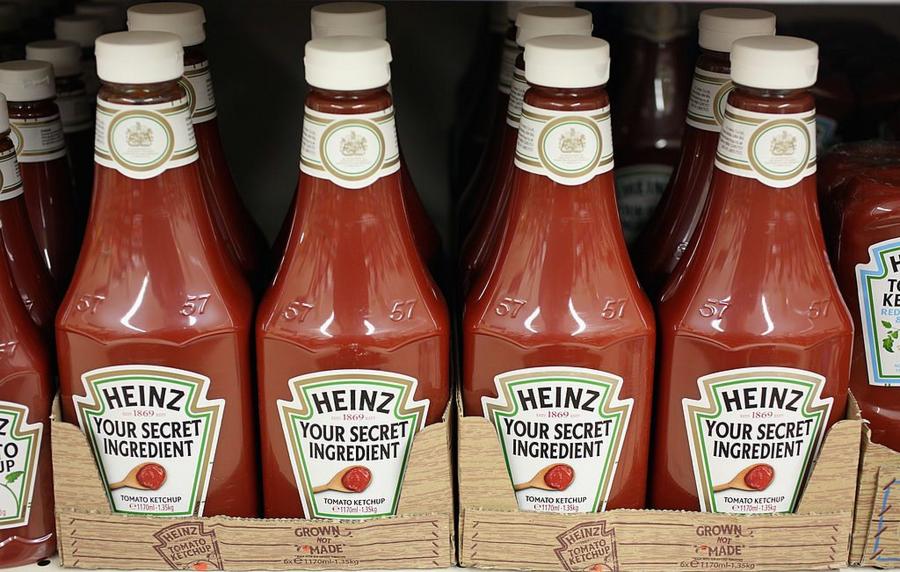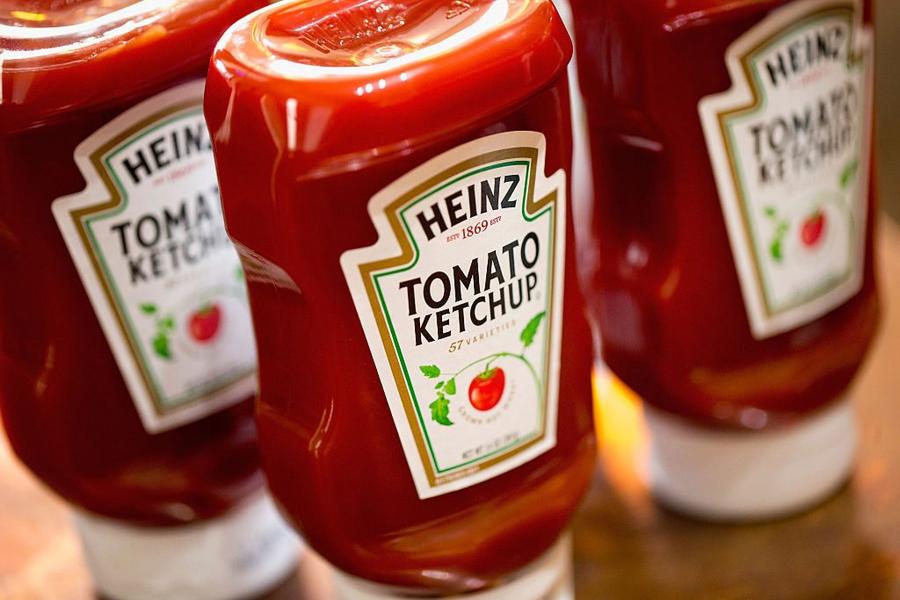Remember those "Real Men of Genius" Bud Light commercials? You know, the ones that humorously glorified fictional men who came up with simple yet brilliant inventions. Inventions like the giant taco salad, push-up bras, and boneless buffalo wings… Well, if Anheuser-Busch ever decides to resurrect that ad campaign, we know who should be their next honoree: Paul Brown.
You've probably never heard of Paul, but I guarantee his life has impacted you at some point this week. Maybe even today. His invention is probably in your fridge right now. All aspiring inventors need to pay attention to this story. Actually, even if you're not an inventor, just someone who wants to get rich, Paul's story is incredibly inspirational. Because, while some innovators like Elon Musk are busy trying to put rockets into space, Paul Brown kept it simple and humble. His innovation not only earned Paul a small fortune, but it also revolutionized plastic bottles and liquid storage forever.
So what was this revolutionary million-dollar innovation? It involves a very simple desire. The desire to turn ketchup bottles… upside down.

Heinz / Oli Scarff/Getty Images
The Ketchup Struggle Was Real
Kids today may never know the frustration that once existed every time you reached for a ketchup or mustard bottle. Even when you turned a full bottle over, nothing would come out. But the worst was when the bottle wasn't full. If I had a nickel for all the times I remember sitting at a diner shaking and pounding a half-full ketchup bottle, desperately trying to cover my fries. You'd dig into the bottle with a knife. You'd smack the bottom of the bottle until your hand was purple. Where most of us saw hopeless frustration, Paul Brown saw dollar signs.
From a Small Shop to a Big Idea
In the early 90s, Paul Brown worked out of a small shop in Midland, Michigan. A designer and fabricator, he initially set out to make a valve that would allow shampoo bottles to be stored upside down without leaking. He promised a client he could make it, and he set out to do so, using a molding press, liquid silicone, and good old-fashioned ambition.
Brown disliked computers and often worked intuitively. He had the design fairly well mapped out, but the prototypes just weren't working. The materials were expensive, and after burning through his own savings, he maxed out all of his credit cards. Undeterred, he borrowed thousands of dollars from eleven friends and family members, including his mother, to fund the project.
Still, he couldn't quite get the design right. He needed the valve to open when the bottle was squeezed and automatically seal without leaking when the squeezing stopped. His first big potential buyer was set to arrive on Monday. By Friday, after 111 failed prototypes, he was desperate. His last hope was to ask his mold maker, Tim Socier, if he would pull a weekend all-nighter to make one final version.
Prototype #112 was the charm. By Monday morning, Brown had a working valve. His potential buyer became an actual customer, setting off a chain reaction that would change packaging forever.
The Valve That Changed Everything
Over the next few years, Brown's patented valve became immensely popular. Gerber bought it for their no-spill sippy cups. NASA used it to create leak-proof drink cups for astronauts. The cosmetics industry quickly adopted it for shampoo and lotion bottles.
But the real breakthrough came when Heinz and its chief rival, Hunt's, came knocking.
For decades, consumers had been storing their ketchup bottles upside down to combat ketchup's stubborn refusal to flow. The problem? The bottle wasn't designed to be stored that way, and when you opened it, ketchup would pour out uncontrollably.
Brown applied his valve technology to Heinz's bottles. The result? A perfect, controlled squeeze of ketchup every time. No mess, no frustration. Heinz rolled out a massive ad campaign with the slogan "Ready When You Are," and the upside-down ketchup bottle became an instant hit. Today, this design is the industry standard, and chances are you have one sitting in your fridge right now.

Heinz / Scott Olson/Getty Images
A Squeezable Fortune
In 1995, riding the wave of success that had begun just four years earlier, Paul Brown sold his company, Liquid Molding Systems, Inc., to AptarGroup for approximately $13 million. That's the same as around $27 million in today's dollars.
AptarGroup, a global leader in packaging solutions, folded Brown's patented valve into its portfolio. The Midland, Michigan facility where Brown worked continued operating under Aptar, and the silicone valve for Heinz's upside-down bottles is still made there today.
With his newfound wealth, Brown paid off all his credit cards and repaid everyone who had loaned him money—100 times over. Next, he bought a vacation home in Florida, an RV spot in Arizona and built a state-of-the-art barn/man cave. Unlike many entrepreneurs who stay on with their companies post-sale, Brown walked away completely, choosing to enjoy the fruits of his labor rather than continue working in the industry.
Paul Brown's Final Chapter
Paul Brown lived nearly three decades after selling Liquid Molding Systems, enjoying a quiet retirement. Though he never sought the public spotlight, his simple yet brilliant invention became a staple in households worldwide.
Paul Brown passed away in 2024 at the age of 82. His obituary, published by the Cremation Society of Mid-Michigan, honored him as a beloved father, a veteran, and a man whose creativity changed the way millions of people use everyday products. His legacy lives on every time someone gives a ketchup bottle a quick squeeze and gets just the right amount—no mess, no fuss.
Paul Brown wasn't trying to send people to Mars or build self-driving cars. He simply saw a common frustration and solved it. And in doing so, he revolutionized an industry, made millions, and left behind a small but significant mark on the world. Real Men of Genius, indeed.
If you enjoy stories of innovations like Paul Brown's upside-down ketchup bottle that earned someone a fortune, I suggest you sign up for our newsletter, Deep Pockets. Once a week, we send out an email that tells the story of how a massive fortune was made (or lost!). For example, you will never guess who invented Gatorade and how much their invention has generated in the last few decades. You can find out by subscribing to Deep Pockets!
/2024/11/daniel-lurie.jpg)
/2016/08/Screen-Shot-2017-11-27-at-3.21.56-PM.png)
/2024/11/deep-pockets.png)
/2016/01/lonnie2.jpg)
/2024/11/dan-goldman.jpg)
/2016/11/GettyImages-538082842.jpg)
/2019/01/James-Altucher.jpg)
/2013/12/dan.jpg)
/2011/12/John-Mara-1.jpg)
:strip_exif()/2020/06/taylor.png)
/2010/12/kate-1.jpg)
/2020/10/the-miz.png)
/2011/12/Rooney-Mara1.jpg)
/2020/08/gc-1.jpg)
/2014/04/GettyImages-886617106.jpg)
/2011/01/Aaron-Rodgers.jpg)
/2022/10/peter-krause.jpg)
/2010/03/emil.jpg)
/2020/04/hailey-joel.png)
/2015/09/Daley-Thompson.jpg)
/2020/10/david.jpg)
/2009/11/Brandon-Jennings.jpg)
/2019/01/Kennedy-Montgomery.jpg)